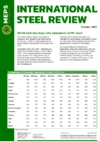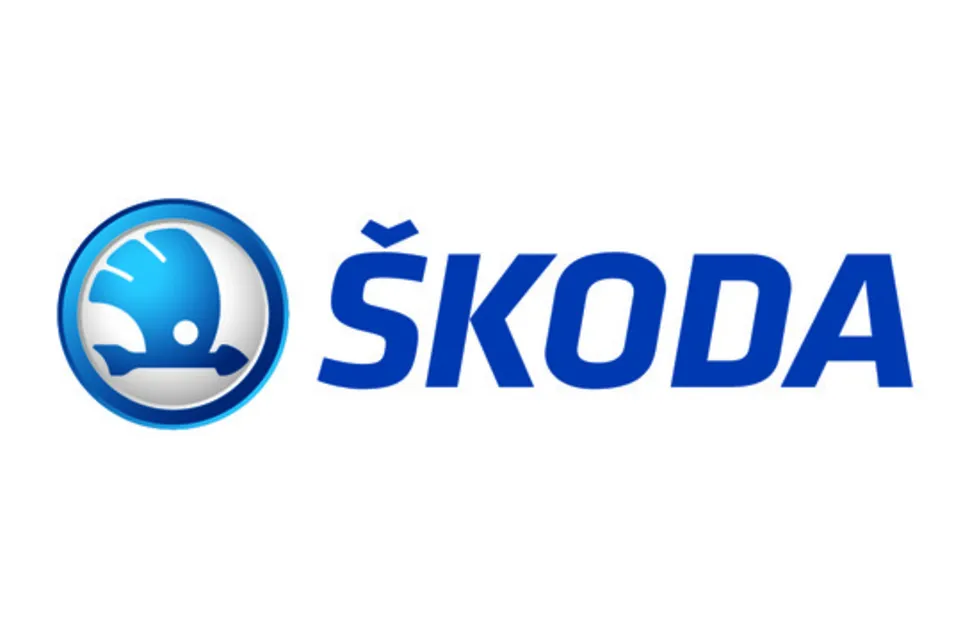No respite for steel output downturn in August
In August, global crude steel production fell by 3%, year-on-year, to 150.6 million tonnes, according to the latest monthly statistics published by the World Steel Association.
Europe
Europe is experiencing a growing energy crisis. This is expected to intensify as the region moves to reduce its reliance on Russian natural gas. Steelmakers have responded by reducing output or, more significantly, temporarily idling facilities, where rising costs made them unprofitable. Representatives from various energy intensive industries have subsequently lobbied the European Commission to implement a cap on gas prices.
The region’s largest steelmaker, ArcelorMittal, is estimated to have idled close to 3 million tonnes of annual capacities in France and Germany, in August alone. From September it took measures to reduce output at its other sites in Europe – removing an estimated 4 million tonnes of capacity from the market. Other major steelmakers have chosen to follow suit.
This led to total output in the region declining by 13.3%, year-on-year, in August, to 9.7 million tonnes. German steelmakers contributed 2.9 million tonnes – a decline of 2.3%, year-on-year. Italian mill output saw a much larger contraction, falling to 730,000 tonnes – a 42% reduction, compared with the August 2021 figure.
A recent report from Climate Bonds Initiative suggests that in order to comply with its obligations under the Paris Agreement on climate change, 74% of EU blast furnace capacity requires reinvestment by 2030. The report goes on to state that capital expenditure of between EUR21 billion and EUR31 billion will be required to achieve this aim.
China
Chinese steelmakers produced 83.9 million tonnes of crude steel in August. This was the first month in 2022 when the mills’ output was higher than in the previous year. The latest Chinese custom’s data shows that its August finished steel exports rose by 22%, year-on-year, to 6.2 million tonnes. Finished steel imports were down by 6%, over the same period, to 0.9 million tonnes.
Demand was subdued in the first half of this year, due to the restrictions associated with coronavirus. These controls, however, have now eased somewhat. Steelmakers will also be anticipating a seasonal demand recovery from China’s construction sector, as the rainy season begins to wane in September.
Authorities in Tangshan – China’s largest steel-producing city – have approved investments totalling CNY55 billion on three new, large scale, projects that will concentrate on manufacturing high performance steel grades while using greener production methods. Their total annual planned capacity is approximately 20 million tonnes. Older, less efficient, equipment will be decommissioned as the capacity replacement scheme prevents overall steel capacities from increasing.
USA
Production in the United States, in August, declined by 7.1%, year-on-year, to 7 million tonnes. This is despite the investments made by steelmakers to increase output. Steel Dynamics Inc, Nucor Gallatin and North Star BlueScope have more than 9 million short tons of production capacity that has already been brought on stream or is planned for commissioning before the year-end.
In early September, the “Federal Buy Clean Initiative” was announced, including directives for government agencies to prioritise purchases of steel and metal products with a low carbon footprint. Of the major steel-producing countries, the United States currently has the lowest CO2 emissions per tonne of steel produced, due to its proportionally high use of EAFs. The legislation is designed to support the use of these furnaces, while also encouraging the use of hydrogen and direct reducing technology, for material which cannot be produced via the electric method.
India
Data released by the Indian Ministry of Steel’s Joint Plant Committee shows that the nation’s crude steel production totalled 10.2 million tonnes in August, up 2% year-on-year. Finished steel output rose by 4%, year-on-year, to 9.7 million tonnes, whereas exports declined by almost two-thirds, to 1.3 million tonnes. This reduction was attributable to the introduction of the export tax, levied earlier in the year.
Indian policymakers are pushing hard to promote domestic steel production volumes, with various incentives in place to increase output. A balance will need to be found between this goal, and other priorities, such as reducing carbon emissions from the sector. Per capita steel consumption in 2021 stood at around 77kg – an annual increase of nearly 10%, and 50% higher than in 2014. However, this figure remains low in comparison to the global per capita consumption rate of 230kg.
East Asia
Japanese mills produced 7.3 million tonnes of crude steel, in August, marking a year-on-year decline of 7.4%. Production in South Korea, over the same period, is estimated to be relatively unchanged, year-on-year, at 6.1 million tonnes.
Japan’s Ministry of Economy, Trade and Industry has revised down its expectations for crude steel output in the third quarter, from 23.5 million tonnes to 22.9 million tonnes. While the Ministry expects a modest domestic recovery during this period, reduced demand from overseas will constrain exports.
POSCO, South Korea’s largest steelmaker, has suffered a production loss, equating to 1.7 million tonnes per year, at its Pohang Steel Works, which was hit by Typhoon Hinnamnor in mid-September. The company has reorganised its output across its facilities, including at some of its overseas subsidiaries, in an attempt to offset the disruption. POSCO officials estimate that it could take up to 18 months for full production to resume at the Pohang plant, as some of the machinery that was damaged was imported from overseas.
Middle East
Mills in the Middle East produced 3.2 million tonnes of crude steel, in August, with Iran accounting for 2.1 million tonnes.
The Saudi Arabian government has recently shared its plans to increase domestic production capacity by up to 6 million tonnes per year, by authorising the construction of three new steel plants. These include a 1.2 million tonnes per year capacity integrated steel sheet plant that will provide material for the shipbuilding and oil industries.
Officials are also speaking to investors regarding the second, largest, project. This will produce 4 million tonnes of hot rolled coil, 1 million tonnes of cold rolled coil, and 200,000 tonnes of galvanised steel, annually. A third site is proposed that will manufacture OCTG billets. It is hoped that this new capacity will reduce the country’s reliance on imports by as much as 50%.

Source:
International Steel Review
The MEPS International Steel Review is an essential monthly publication, offering professional analysis and insight into carbon steel prices around the world.
Go to productRequest a free publication





